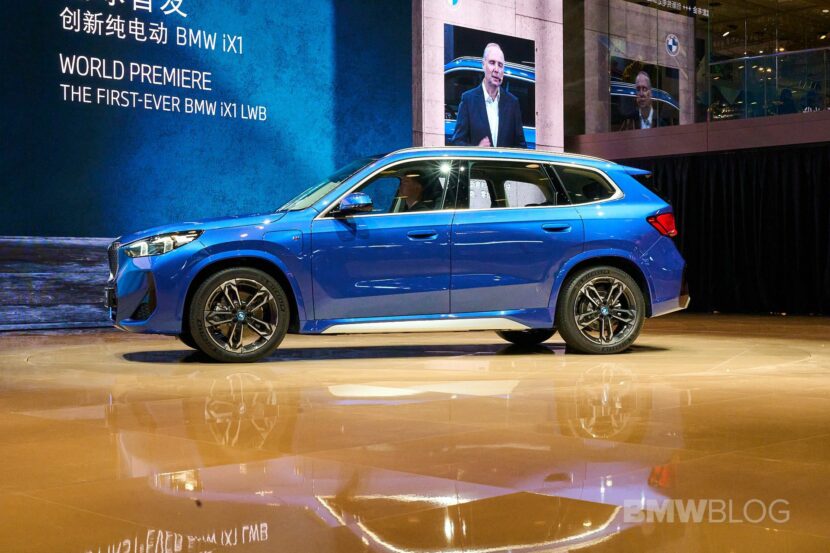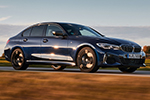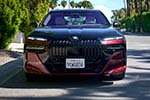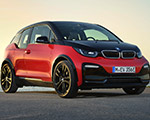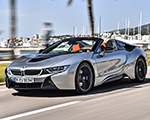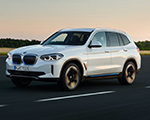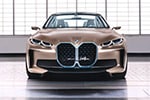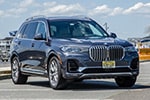BMW is one of the biggest premium automotive groups in the world, with 2.45 million sales, $166 billion (€142.4 billion) in revenue, and $26 billion in brand equity. Moreover, it invests $10 billion annually on research and development (R&D), with tech hubs in Silicon Valley, Shanghai, Singapore, and Tokyo.
However, all this does not mean that the company is immune to competition and market risks. It still faces substantial threats, which, if not addressed, could have an influence on its business in the future. Accordingly, in this article, we examine the three biggest challenges that BMW faces and how it can handle them.
Falling Behind Chinese Automakers in Software-Defined Vehicles
Although China accounts for more than 25 percent of BMW’s total sales, the company, along with other premium automakers, has been losing momentum in Asia’s largest economy, with sales down 15.5 percent in H1 2025. Much of this is due to the rise of local brands like BYD, Xiaomi and NIO, which, according to experts, possess more advanced software and digital capabilities than German OEMs.
Needless to say, BMW will have to find a way around this issue or risk suffering its ‘Kodak Moment.’ After all, nearly 60 percent of luxury car buyers in China are willing to switch brands for better connectivity features, and software-defined vehicles (SDVs) are expected to generate $650 billion in value by 2030.
Oversupply, Price Wars, and New Competition in EVs
Sergio Marchionne famously noted in his “Confessions of a Capital Junkie” presentation that the auto industry has an overcapacity problem, which has been compounded by OEMs’ overzealous EV investments. True, more choices would benefit consumers, but the excess supply will also put considerable margin pressure on BMW and make the market far more competitive than the Munich-based marque is used to.
Crucially, this EV threat is not limited to China. BMW also faces challenges from American upstarts like Tesla, Rivian, and Lucid, as well as legacy manufacturers such as Hyundai—whose IONIQ 5 N was named Car and Driver’s EV of the Year 2024.
Trade Wars, Tariffs, and Geo-Economic Tensions
Globalization has been the key to Germany’s post-war success, but the international trade environment has become increasingly volatile in recent years, owing to geopolitical friction between Europe, the United States, and China. In fact, this friction is the primary reason why BMW’s profit margin has dropped from 10.3 percent in 2021 to 6.2 percent in H1 2025.
Clearly, the only solution to this is localization/regionalization (as BMW puts it: act local for local). As yet, restructuring decades-old supply chains and manufacturing capacities will not be easy, especially given the skilled labor shortage, overregulation, and policy uncertainty prevalent in most economies.
But for now, BMW seems to be dealing well with these challenges and are constantly reinventing their business, so the future could still be as bright as its past.



